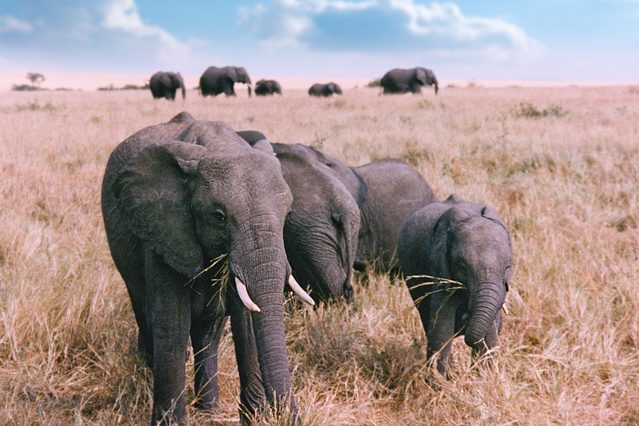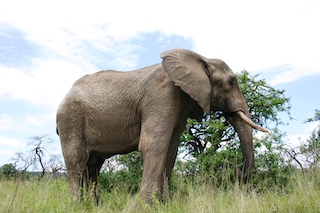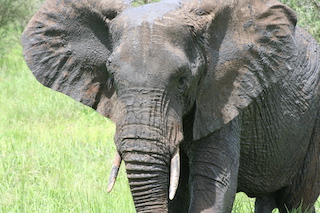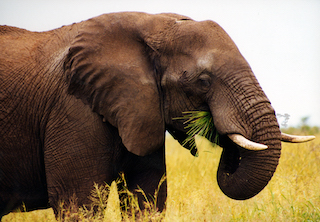Africa Beckons Elephant Conservation Lovers
Elephants in Kenya
In Kenya, fluctuations in land-use patterns have led to overlapping areas of conservation importance and exclusion of large animals from their previous ranges, especially the elephants. Therefore, these giants are commonly connected to some of the intractable forms of conflict with communities.
Human-elephant conflict
Human-elephant conflict heretofore referred to as HEC, is a major conservation concern in Kenya. It is a phenomenon in which elephants negatively impact the wellbeing of humans or where people’s actions are detrimental to elephants’ survival. In other words, it results in an adverse impact on each other. These include subsistence crises where crop-raiding is prevalent, loss of productive assets, and direct threats to life. Indirect threats can also impact residents who live close to the conflicted areas, further hindering access to social, economic, and cultural services. These negative impacts are the driving forces that influence the efforts of elephant conservation projects.
HEC ranges
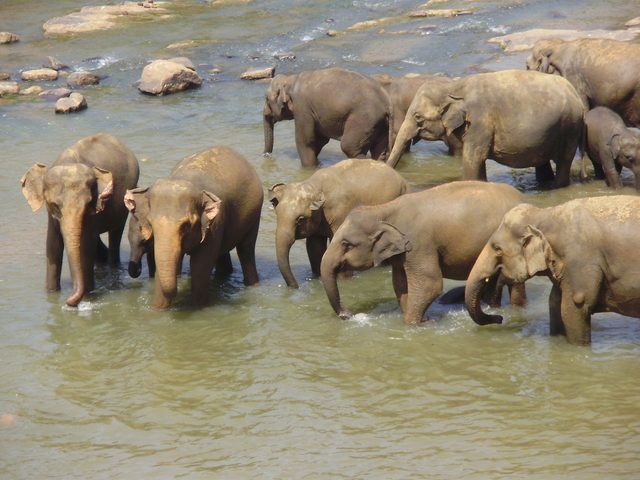
Africa Beckons Elephant Conservationists
HEC is widespread across all wildlife ranges in Kenya where the human populations comprise some of the most vulnerable in terms of food security, education, health as well as social institutions and infrastructure. In these ranges, the elephant populations from the Mara region travel into communal areas that are a mosaic of conservation and agricultural activities.
HEC threats
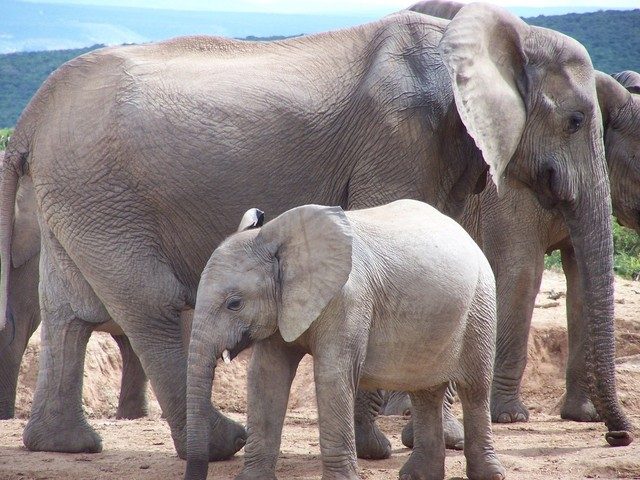 HEC poses a threat to agricultural production and livelihood activities. On the other hand, elephant attacks on humans lead to diminished physical wellbeing by reducing their capacity to engage in income-generating activities. Also, crop damage leads to increased workloads and financial constraints. As a result, they suffer opportunity costs connected to personal protection, livestock herding, and crop guarding.
HEC poses a threat to agricultural production and livelihood activities. On the other hand, elephant attacks on humans lead to diminished physical wellbeing by reducing their capacity to engage in income-generating activities. Also, crop damage leads to increased workloads and financial constraints. As a result, they suffer opportunity costs connected to personal protection, livestock herding, and crop guarding.
HEC studies
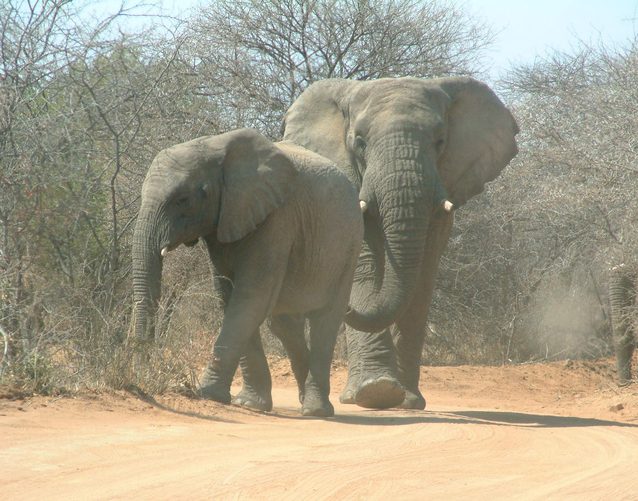 Compared to households without HEC, those that experience HEC experiences low wellbeing in most dimensions. HEC studies provide an invaluable foundation, but they have limitations. Firstly, most studies have focused on the direct material and measurable economic impacts of HEC. But HEC also encompasses indirect effects that are psychological, social, political, institutional, environmental, and cultural. Secondly, HEC research tends to apply data aggregation and regression models to assess mean impacts, which can hide inequalities. HEC distribution is non-homogenous and non-random. They do not affect the community uniformly. This raises the problem of sample bias. Thirdly, HEC researches compare the impacts on households that do experience HEC to those households that do not. This approach could lead to underestimating or overestimating the impacts of HEC. Instead, different approaches would be required to simulate a random experimental process provided that the control group and treatment group are similar.
Compared to households without HEC, those that experience HEC experiences low wellbeing in most dimensions. HEC studies provide an invaluable foundation, but they have limitations. Firstly, most studies have focused on the direct material and measurable economic impacts of HEC. But HEC also encompasses indirect effects that are psychological, social, political, institutional, environmental, and cultural. Secondly, HEC research tends to apply data aggregation and regression models to assess mean impacts, which can hide inequalities. HEC distribution is non-homogenous and non-random. They do not affect the community uniformly. This raises the problem of sample bias. Thirdly, HEC researches compare the impacts on households that do experience HEC to those households that do not. This approach could lead to underestimating or overestimating the impacts of HEC. Instead, different approaches would be required to simulate a random experimental process provided that the control group and treatment group are similar.
Wellbeing
HEC has serious impacts on the wellbeing of community people living with elephants. The heavy use of communal lands by elephants as well as their close presence restricts human movements. These restrictions on local people disrupt economic and social activities. The conflict impacts the educational wellbeing of school-going children too. Hence, the Kenya government imposes curfews on gatherings in response to the movement of elephants through human settlement areas.
Elephant conservation
Elephants play a critical role in biodiversity and tourism development in Kenya. Hence, elephant conservation has received much attention from the government, private investors, international conservation organizations, and local communities. It is essential to promote elephant conservation activities not only to mitigate the negative impacts but also to enhance wellbeing. There is also a need to strengthen the knowledge and capacity of the local people sharing their territory with elephants to enable them to cope.
References
Nyumba TO, Emenye OE, Leader-Williams N (2020) Assessing impacts of human-elephant conflict on human wellbeing: An empirical analysis of communities living with elephants around Maasai Mara National Reserve in Kenya. PLoS ONE 15(9): e0239545. https://doi.org/10.1371/journal.pone.0239545
For a custom-made safari, please fill out the following form or simply email us on safaris@safari-center.com

